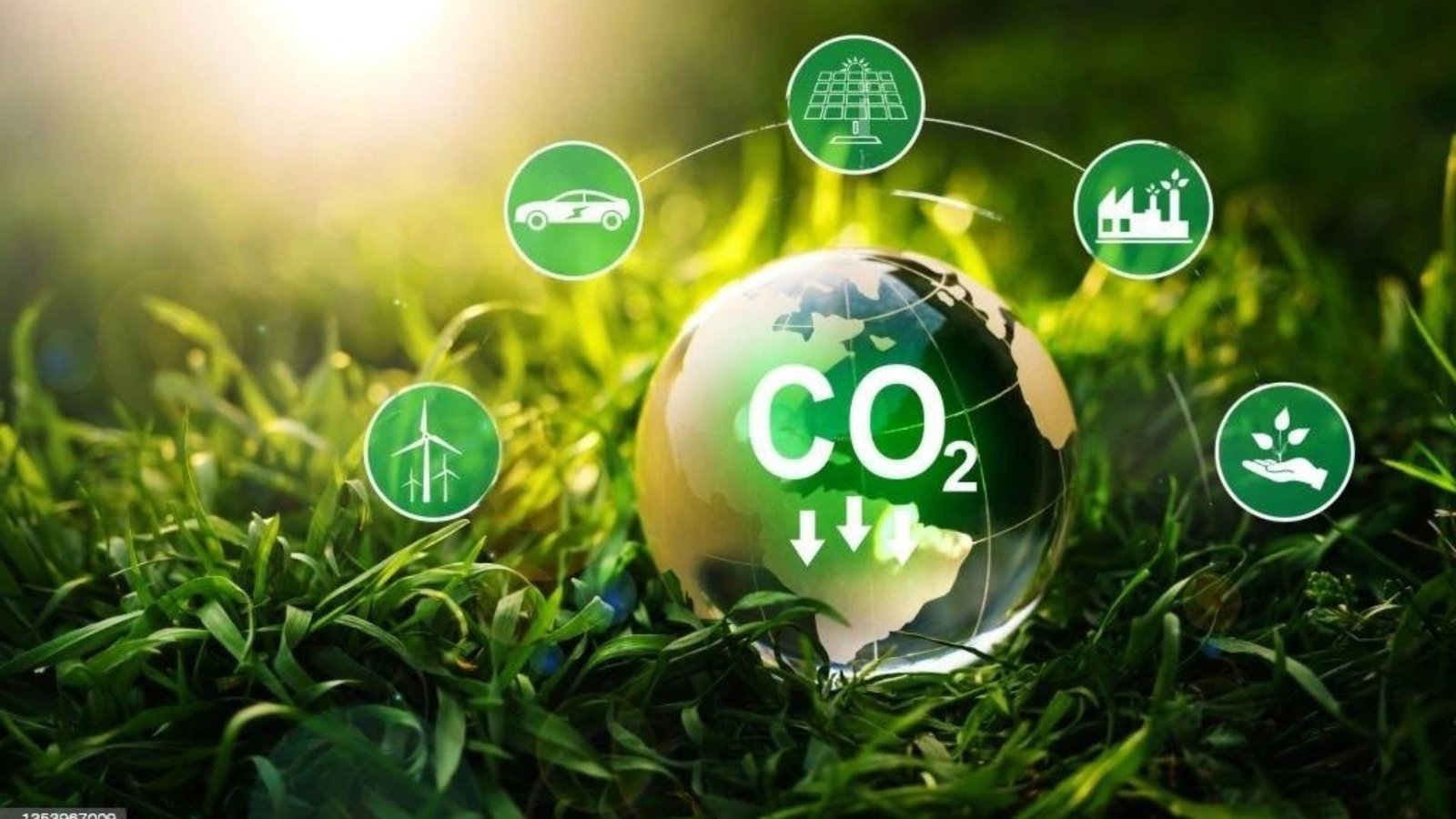Understanding and reducing air pollution is crucial for protecting our health and the environment. Air pollution, caused by harmful substances in the air, has serious consequences for both humans and the planet. In this article, we’ll explain the main sources of air pollution, its effects, and how we can take practical steps to reduce it. By understanding air pollution better, we can work together to create a cleaner and healthier world.
What is Air Pollution?
Air pollution refers to the presence of harmful or excessive substances in the air that pose a risk to health, the environment, or both. These pollutants can come from various sources, including vehicles, factories, agriculture, and even natural events like wildfires or volcanic eruptions. Understanding air pollution is the first step in reducing its harmful effects, as it allows us to identify and manage its sources effectively.
Understanding the sources of air pollution is the first step toward creating a cleaner environment. While industrial emissions are a major contributor, everyday activities also play a significant role.
For those interested in the broader impacts of environmental policies, exploring diverse topics can be insightful. For instance, a resource like www.bestaubettingsites.com offers perspectives on how various industries, including entertainment, adapt to regulatory changes.
Implementing simple measures at home, such as using air purifiers and reducing vehicle use, can substantially improve local air quality and public health.

Common Sources of Air Pollution
There are several major sources of air pollution that we encounter daily:
- Vehicle Emissions: Cars, trucks, and buses release pollutants like carbon monoxide, nitrogen oxides, and particulate matter. These emissions contribute significantly to urban air pollution.
- Industrial Activities: Factories and power plants emit large amounts of pollutants, including sulfur dioxide, carbon dioxide, and volatile organic compounds (VOCs). These emissions result from burning fossil fuels and manufacturing processes.
- Agricultural Practices: Agriculture can contribute to air pollution through the use of pesticides, fertilizers, and the raising of livestock, which produce methane and ammonia.
- Household Activities: Burning wood or coal for heating, cooking, and using certain cleaning products can release pollutants into the air.
- Natural Sources: Wildfires, dust storms, and volcanic eruptions are natural events that can cause significant air pollution, although these are less predictable and harder to control.
Effects of Air Pollution on Health and Environment
Understanding and reducing air pollution is critical because of its serious effects on health and the environment. Air pollution can cause respiratory diseases like asthma, bronchitis, and even lung cancer. It can also exacerbate heart conditions and lead to premature deaths. For children and the elderly, the effects can be even more severe.
Environmental impacts are equally concerning. Air pollution contributes to climate change by increasing the concentration of greenhouse gases in the atmosphere. It also leads to acid rain, which harms soil, water sources, and wildlife. Furthermore, pollutants like nitrogen oxides and VOCs can form ground-level ozone, leading to smog, which harms plants and reduces visibility.
Steps to Reduce Air Pollution
Reducing air pollution is possible if we take practical and consistent actions. Here are some effective strategies for reducing air pollution:
1. Using Public Transportation and Carpooling
One of the simplest ways to reduce air pollution is by using public transportation, walking, biking, or carpooling. Fewer cars on the road mean fewer emissions, which helps improve air quality. Governments can also invest in electric public transport systems, which produce zero emissions.
2. Supporting Renewable Energy Sources
Shifting to renewable energy sources like solar, wind, and hydroelectric power can significantly reduce air pollution. These sources produce little to no air pollutants compared to fossil fuels. Individuals can also support renewable energy by installing solar panels at home or choosing green energy plans from their utility providers.
3. Adopting Energy-Efficient Practices
Using energy-efficient appliances and reducing electricity consumption are effective ways to reduce air pollution. Simple actions like turning off lights when not in use, using LED bulbs, and insulating homes can lower energy use and, in turn, reduce emissions from power plants.
4. Promoting Cleaner Industrial Practices
Industries can adopt cleaner technologies and practices to reduce emissions. Installing filters and scrubbers in factories can limit the release of harmful pollutants. Governments can enforce stricter emission standards and provide incentives for industries to use environmentally friendly practices.
5. Encouraging Sustainable Agriculture
Sustainable farming practices, such as using organic fertilizers, reducing pesticide use, and managing livestock emissions, can help reduce air pollution. Encouraging local and organic farming can also decrease the pollution associated with transporting food over long distances.
6. Raising Awareness and Education
Educating the public about the causes and effects of air pollution is crucial. Awareness campaigns can motivate people to adopt greener practices and support policies that aim to reduce air pollution. Schools, community groups, and media can play a significant role in spreading information about understanding and reducing air pollution.
Conclusion
Understanding and reducing air pollution is essential for our health and the health of our planet. By identifying common sources and implementing practical solutions like using public transportation, supporting renewable energy, and promoting sustainable agriculture, we can make a significant impact. Each of us has a role to play in reducing air pollution, and together, we can create a cleaner, healthier environment for future generations. Taking action now will ensure a better quality of life and a sustainable world.

